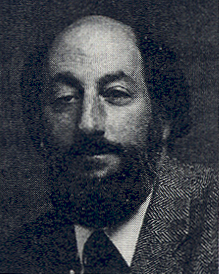“Censored” could be scrawled in red across the walls of the Church of Sant’Apollinare Nuovo in Ravenna, Italy. Much of the original art in this fifth-century northern Italian church was systematically eradicated 50 years after the Arian king Theodoric commissioned the building and its extensive mosaic depictions. The redecoration of Sant’Apollinare Nuovo was part of the Church’s attempt to erase all traces of Arianism, an understanding of the relation between God the Father and his Son that it condemned as heretical. In “The Arian Controversy—How It Disrupted Early Christianity,” Dennis E. Groh examines this 200-yearlong conflict and its manifestation on the mosaic walls of Ravenna.

Groh is a professor of the history of Christianity at Garrett-Evangelical Theological Seminary in Evanston, Illinois. No stranger to field work, Groh has dug at numerous sites, including Sepphoris, Caesarea Maritima and Tel Nessana, in Israel. He is co-author of Early Arianism: A View of Salvation (Fortress, 1981); his essay on “The Religion of the Empire: Christianity from Constantine to the Arab Conquest” appears in Christianity and Rabbinic Judaism—A Parallel History of Their Origins and Early Development (Biblical Archaeology Society, 1992).
Already a library member? Log in here.
Institution user? Log in with your IP address.

